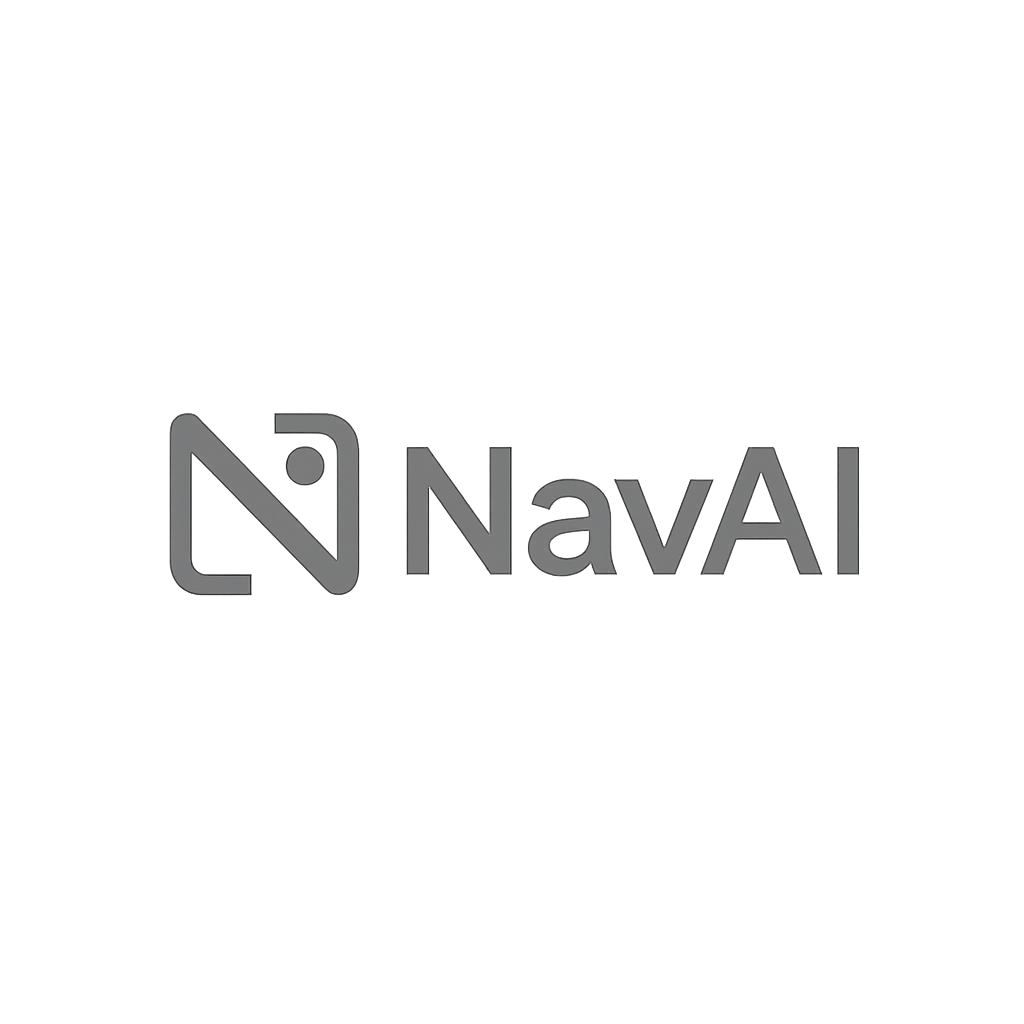Use Cases
Explore how NavAI could transform your enterprise with intelligent systems.
The Challenge
Law firms and healthcare providers struggle with time-consuming manual transcription of client meetings, depositions, patient consultations, and medical procedures. Traditional transcription services are slow, expensive, lack domain-specific accuracy, and raise confidentiality concerns.
Our Approach
NavAI can develop a secure, custom AI transcription platform with specialized models trained on legal and medical terminology. The system would feature real-time transcription, speaker identification, automated redaction of sensitive information, and integration with existing case management or EMR systems.
Potential Impact
- Reduce transcription time from hours to minutes with 95%+ accuracy
- Cut transcription costs by up to 80% compared to traditional services
- Ensure HIPAA and attorney-client privilege compliance with end-to-end encryption
- Enable real-time note-taking during consultations and proceedings
- Automatic identification and flagging of key legal or medical terms
- Seamless integration with existing workflow management systems
- Searchable transcription archives for quick case or patient history retrieval
- Multi-language support for diverse client and patient populations
The Challenge
Global financial institutions often struggle with manual risk assessment processes that are time-consuming, inconsistent, and unable to effectively identify emerging threats in real-time.
Our Approach
NavAI could develop a custom risk intelligence platform that combines structured and unstructured data sources with advanced NLP and predictive modeling to provide real-time risk scoring and early warning indicators.
Potential Impact
- Potential to reduce risk assessment time by up to 75%
- Capability to improve threat detection accuracy by 60-65%
- Possible annual operational cost savings of $3-5M
- Ability to decrease false positives by approximately 50%
The Challenge
Healthcare providers need to improve diagnostic accuracy and treatment recommendations while reducing the cognitive load on physicians reviewing complex patient cases.
Our Approach
NavAI can design AI-powered clinical decision support systems that analyze patient records, lab results, and medical literature to provide evidence-based recommendations and highlight potential diagnoses that might otherwise be overlooked.
Potential Impact
- Potential to increase diagnostic accuracy by 25-35%
- Ability to reduce treatment planning time by up to 45%
- Capability to decrease readmission rates by approximately 20%
- Opportunity to improve patient outcomes across multiple key metrics
The Challenge
Manufacturers face significant production downtime due to equipment failures, with traditional maintenance schedules proving inefficient and costly.
Our Approach
NavAI would implement IoT-connected predictive maintenance systems using machine learning to analyze sensor data, identify patterns preceding failures, and optimize maintenance scheduling based on actual equipment condition.
Potential Impact
- Ability to reduce unplanned downtime by up to 70%
- Potential to extend equipment lifespan by 30-40%
- Capability to decrease maintenance costs by millions annually
- Opportunity to improve production efficiency by 15-20%
The Challenge
Multi-channel retailers struggle with generic customer experiences and low conversion rates despite having extensive customer data across touchpoints.
Our Approach
NavAI can design real-time personalization engines that unify customer data across channels and use reinforcement learning to dynamically optimize product recommendations, content, and offers at the individual level.
Potential Impact
- Potential to increase conversion rates by 30-35%
- Ability to improve customer lifetime value by 25-30%
- Capability to boost average order value by approximately 20%
- Opportunity to enhance customer satisfaction scores by 40%+
The Challenge
Logistics providers face inefficiencies in route planning, inventory management, and demand forecasting, leading to increased costs and delivery delays.
Our Approach
NavAI could develop end-to-end supply chain optimization platforms that use advanced AI to predict demand patterns, optimize inventory levels, and dynamically adjust routing based on real-time conditions.
Potential Impact
- Ability to reduce delivery times by up to 30%
- Potential to decrease logistics costs by 20-25%
- Capability to improve inventory turnover by approximately 35%
- Opportunity to enhance on-time delivery rates to 98%+
